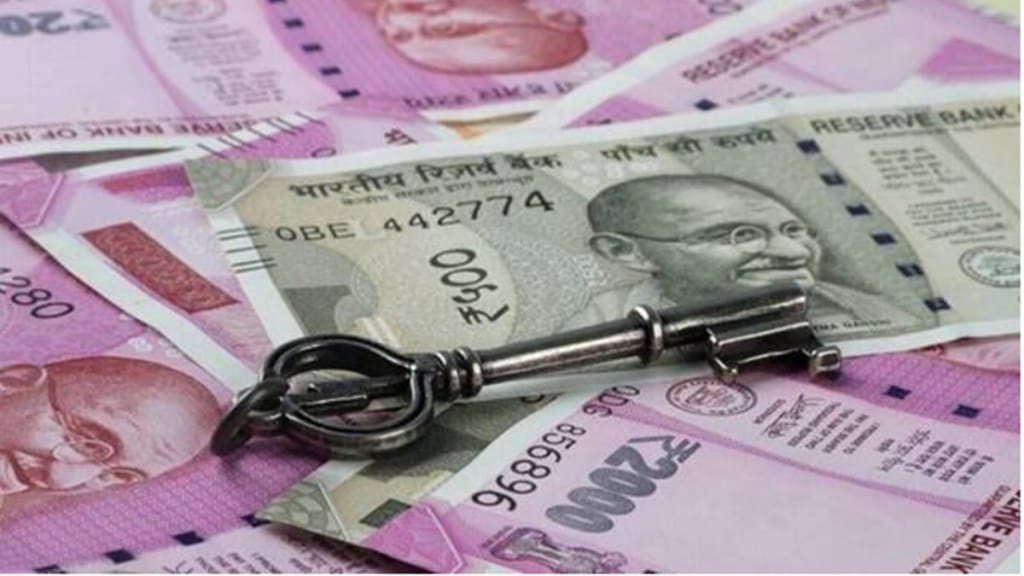By Ashok Gulati and Purvi Thangaraj
While inaugurating the newly-constructed Bharat Mandapam (International Exhibition-cum-Convention Centre, the venue for the forthcoming G-20 summit) on July 26, prime minister Narendra Modi expressed immense pride in India’s growth since his government took office in 2014. India has ascended, he said, from being the 10th largest economy in the world in 2014 to the 5th largest in 2023. He also asserted, “I want to assure that during the third tenure of our government, India will be among the top three economies of the world.” This is akin to declaring India getting the bronze medal, while gold will still be with the US and silver with China in this race to development. To this end, the International Monetary Fund (IMF) also projects India likely to be the third-largest economy by 2027. India has registered highest growth rate amongst G-20 countries, surpassing China’s for two successive years. That’s commendable, given the global headwinds. The Modi government needs to remain focused on growth, with Arjuna’s eye, while keeping inflation under control.
Currently, as per IMF, India is the fifth-largest economy, with a GDP of $3.7 trillion, while the US tops with $26.9 trillion, followed by China at $19.4 trillion, Japan ($4.4 trillion) and Germany ($4.3 trillion). By 2027, India’s GDP is likely to be $5.2 trillion, while US will be at $31.1 trillion and China at $25.7 trillion.
It is interesting to note from historical data of the IMF that India took six decades (1947 to 2007) to cross the one trillion-dollar GDP mark in 2007 ($1.2 trillion). But thereafter, it took India just seven years to become a $2-trillion economy in 2014. It further added $1.2 trillion by 2021 when India emerged as a $3.2 trillion economy. If India hits the IMF projected figure of $5.2 trillion by 2027, it would be adding a whopping $2 trillion in just 6 years! That would be unprecedented, putting India firmly on the global stage.
However, if one has to assess the real purchasing power of an economy and welfare of its people, one should look at the GDP and per capita GDP in Purchasing Power Parity (PPP), i.e., what a US dollar can buy in that country. Measuring GDP in PPP, India is already the third-largest, with a GDP (PPP) of $13 trillion, with China at the top ($33 trillion) and US second ($26.9 trillion).
But when it comes to evaluating people’s welfare and quality of life, one needs to look at the per capita GDP in PPP terms. And the PPP conversion ratios can vary widely across countries, as price levels of goods and services could differ significantly. India’s conversion ratio from a dollar to PPP is 3.5, which is almost twice that of China’s (1.7). It means if a US dollar can buy in US, say, a burger, the same dollar can buy 3.5 times more burgers in India and 1.7 times more in China. Unfortunately, India’s per capita income is the lowest among G20 countries in both dollars ($2,601) and PPP terms ($9,073). China’s one-child family policy from 1981 to 2016 gave it the dividend of raising its per capita GDP to $23,382 PPP, while US sits at the top with per capita GDP of $80,035. It is here that India may not get even a consolation prize amongst G-20 countries.
So, the real challenge for India and the Modi government is how to raise per capita incomes of the people. For this to happen, people have to move from low-productivity jobs to high-productivity jobs. India’s largest segment of working population (45.5%) is still engaged in agriculture. First and foremost, we need to raise their agri-productivity and give them access to best agri-markets. This would raise incomes of the farmers and help prime minister Modi to fulfil his dream of doubling farmers’ incomes. This would require doubling investments in agri-R&D, irrigation, rural infrastructure, and liberalising agri-markets, both domestic and foreign. Resources to do all this can be generated by rationalising various subsidies, especially food and fertiliser subsidies at the Union level, and power subsidy at the state level. This requires political will and smart policy making that can reward farmers for aligning their farming practices in line with environmental sustainability, a la, carbon credits.
On top of this, there would be need to invest heavily in education and skill formation of rural people to build new cities, and massive construction activities from homes to hotels, hospitals and schools. Urbanisation experts remind us that almost 75% of New India is yet to be built! Bharat Mandapam or the new Parliament House or a new museum are just the beginning of the India story. It would require new skills and millions of people will have to move from rural areas to build New India. It will be accompanied by high productivity jobs in manufacturing and services. It is this type of development pathway that China followed, and if India has to rise on sustainable basis, it may have to follow a similar path with Indian characteristics. If Modi government can expedite that process, it will help abolish poverty soon, which as per Niti Aayog’s report, stands at 14.96% in 2019-21, down from 24.85% in 2015-16. Only then India can set a real example for the global South, even if it will still be way behind other G-20 countries.
The only visible challenge to this seems to be our competitive populism in politics (revdi culture) in the run up to elections. The promised freebies are nothing short of ‘bribe for votes’, and they can derail India’s growth story. The Supreme Court and/or the Election Commission needs to check these freebie promises to ensure meaningful democracy.
Writers are respectively, distinguished professor, and research associate, ICRIER
Views are personal

